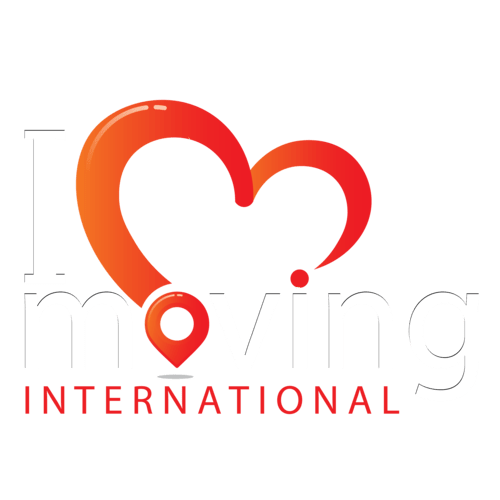Consolidation is for LCL (less than container loads) shipments. There are three ways for your possessions to be loaded into the steel container:
Loose: Your goods will be loaded into the container just as they have been picked up from your home. Each box must be numbered and labeled with your name, destination address and phone number. It is recommended that this information be in English and the language of your destination country.
Palletized: Your goods will be put on to a pallet or pallets and shrink wrapped. These pallets will then be loaded into the steel container. This option is suitable if your shipment consists mostly of boxes.
Lift Van: The lift van is a standard size wooden crate, or it may be custom made to suit your shipment. We recommend the lift van as the safest and most secure way to ship your personal belongings.

